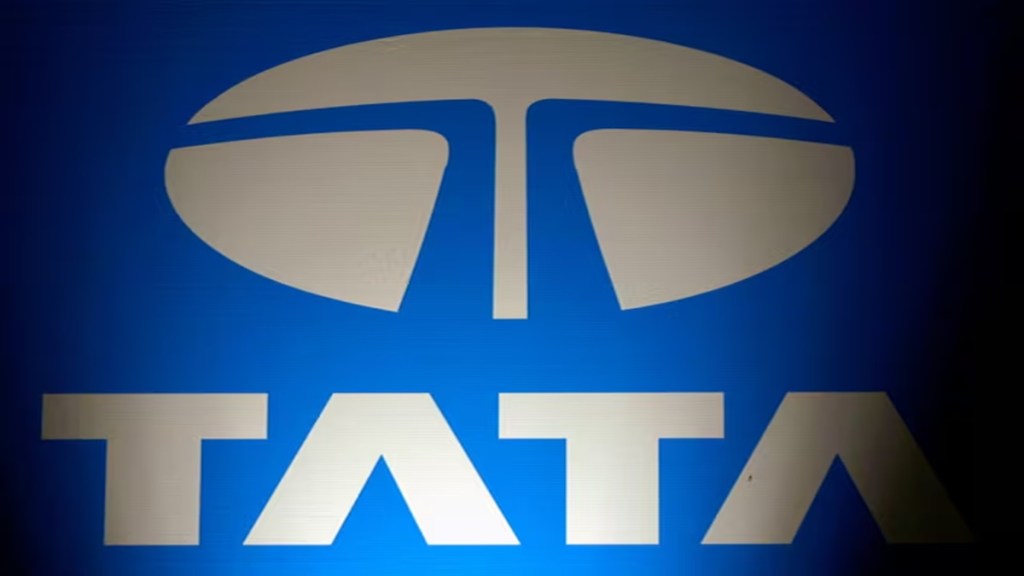Tata Motors, the country’s leading electric vehicle (EV) manufacturer, is witnessing a dramatic reversal in its fortunes as momentum in fleet electrification slows significantly across India. After recording robust fleet orders of 23,000 vehicles in 2022 and 26,000 in 2023, the company’s EV order book has plummeted to just 2,000 vehicles in 2024—a staggering 92% decline from its 2023 peak.
Fleet operators, once enthusiastic about transitioning to EVs, are now pulling back. New orders have all but dried up, and even existing ones are facing delays, as operators question whether EVs are delivering the promised cost and performance benefits. The rising number of competing EV models in the market is also putting pressure on Tata Motors’ dominance.
“Fleet operators are facing challenges in achieving economic viability in EVs. Rising competition and financial strains faced by all-electric ride-sharing firms like BluSmart may take a toll on EV manufacturers like Tata Motors, currently having a major share of EVs across ride-sharing firms. Additionally, many fleet operators are currently not meeting their EV deployment targets, reflecting broader obstacles in the sector,” said Nikhil Dhaka, vice president at Primus Partners.
A query sent to Tata Motors remained unanswered till press time.
The slowdown is also reflected in the struggles of two of Tata Motors’ biggest fleet clients—Uber and BluSmart. Uber is expected to fall short of its target of deploying 25,000 EVs by end-2025, while BluSmart has already missed its goal of reaching 13,000 EVs by March 2025.
Since 2021, Uber has ordered 25,000 EVs and BluSmart 13,500 units, making them key buyers of Tata’s electric fleet. However, BluSmart is currently navigating a major financial crisis, and its leasing partner, Gensol Engineering—founded by BluSmart’s promoters—is reportedly looking to offload its EV fleet. BluSmart currently operates around 8,500 EVs. Uber, meanwhile, has yet to make a full commitment to electrifying its 400,000-strong fleet, with industry estimates suggesting only about 6,000 EVs are currently in operation.
Industry insiders say the lack of a clear operational advantage over CNG-powered vehicles is a primary reason behind the fall in demand.
“There is virtually no demand for new EVs in the fleet segment as they still don’t make economic sense for business operations. In real-world operations using commercial charging, both CNG and EVs incur about Rs 3 per kilometer. However, EVs come with an extra price premium of roughly Rs 3–4 lakh,” said an executive at a leading fleet operator.
For instance, the Tata Tigor CNG is priced from ₹7.70 lakh, whereas the Tigor EV starts at a higher price of ₹12.49 lakh.
Beyond cost concerns, vehicle quality, rising competition, and weak after-sales support are also weighing heavily on Tata Motors’ EV prospects in the fleet market.
“Tata Motors’ EV product quality is very substandard and their service is inadequate, leading to increasing dissatisfaction among both operators and customers. For example, the range of the Tata Xpress T has dropped by 100 km within just 3–4 years,” revealed a fleet manager, speaking on condition of anonymity.
Tata Motors’ market share slid from 81% in FY23 to 53% in FY25.
